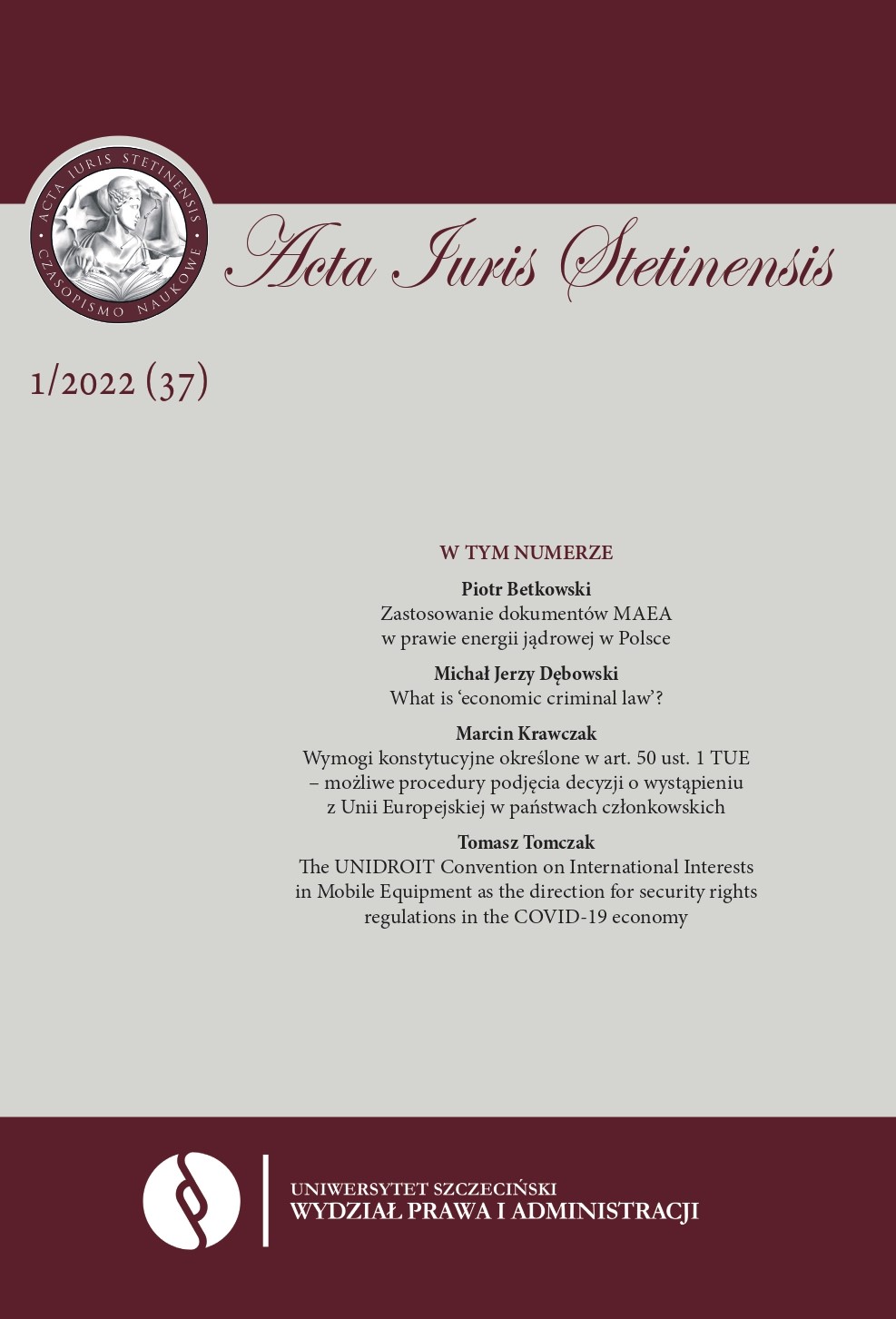Wykorzystanie nowatorskiej technologii skanowania 3D w oględzinach na miejscu zdarzenia kryminalnego
The use of innovative 3D scanning technology in an inspection at a crime scene
Author(s): Agnieszka PełdiakSubject(s): Law, Constitution, Jurisprudence, Criminal Law, Sociology, Methodology and research technology, Court case
Published by: Wydawnictwo Naukowe Uniwersytetu Szczecińskiego
Keywords: 3D scanning; crime scene; modern technologies; documentation; inspection; innovativeness
Summary/Abstract: Due to the dynamic development and technological progress in the field of forensic techniques, it is possible to use an innovative method of terrestrial 3D scanning in visual inspection activities. The aim of the article is to present the issues related to the introduction of modern 3D laser scanning technology, influencing the improvement of criminal proceedings carried out at the crime scene by prosecution. The possibility of using 3D scanning as a measurement tool at a crime scene and as a technology for recreating the course of a crime in a courtroom is analyzed. Particular attention is also paid to the research carried out by the Police School in Piła together with the Scanning and 3D Modeling Laboratory at the Institute of History of Architecture of Art and Technology of the Wrocław University of Technology and Leica Geosystems regarding the possibility of using 3D scanning systems during site inspections at crime scenes and their documentation. The focus was also on discussing the use of 3D scanning at a crime scene in the current legal status in Poland. The paper presents advantages of using and mapping this modern method at the scene and the use of this technology in the world and in Poland, which turns out to be fast, efficient and precise to a degree satisfying the requirements of modern forensics and criminal proceedings. In addition, 3D laser scanning also eliminates the need for the investigation team to return to the scene, thus simplifying the process of documenting and describing spatial data. The paper examines views of legal scholars and commentators by means of, i.a an analysis of legal literature, forensic literature and legal provisions, especially those set out in the Polish Code of Penal Proceedings.
Journal: Acta Iuris Stetinensis
- Issue Year: 2022
- Issue No: 37 (1)
- Page Range: 109-123
- Page Count: 15
- Language: Polish

